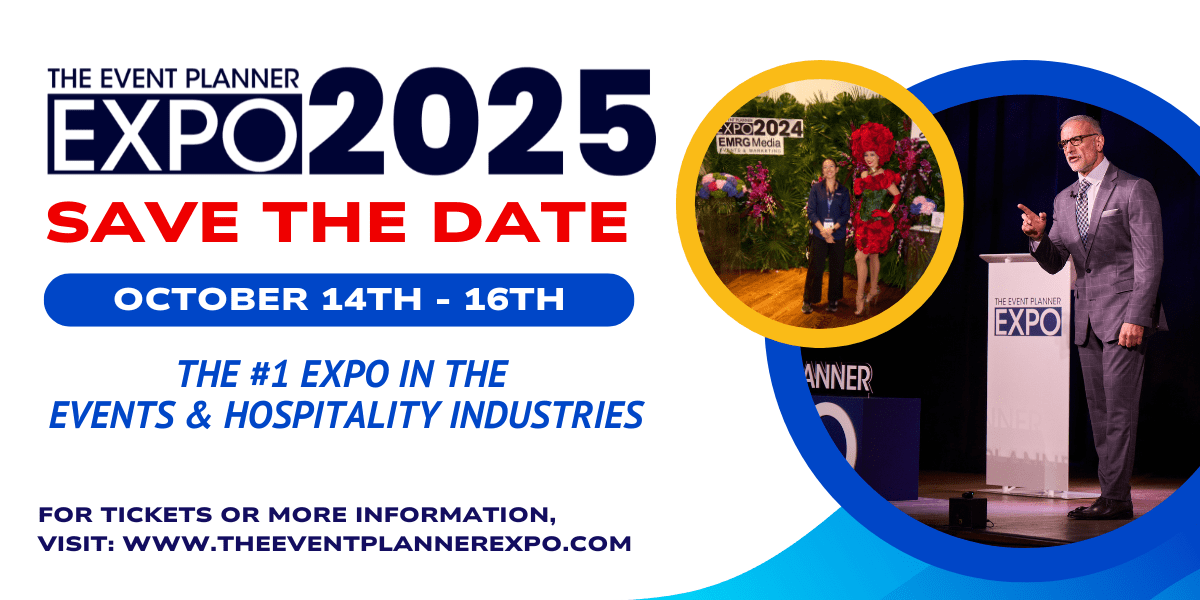How to Pitch Sponsors: 8 Strategies Event Planners Swear By

Securing sponsors for your New York City events can be the key to taking them to the next level. Sponsors reduce production costs by sharing the expenditures with partnering companies. Event planners must refine their pitch presentation to increase their success rate when approaching companies about potential event sponsorship. These tips will help event planners refine their approach and improve their success rate.
1. Research Your Sponsor
The key to preparing a successful sponsor pitch is to know your audience. Before anything, research the potential sponsor that you intend to approach. Learn about the company, its product or service, and its history. Understand the company’s values, ethics, morals, and mission. Research the types of sponsorship opportunities the company has agreed to previously. Find out the company’s sponsorship and growth goals.
2. Showcase Audience Alignment
With research completed, use this data to create a sponsorship presentation that speaks directly to the intended audience. Showcase how your event and sponsorship opportunity aligns with the company’s brand positioning. Then, highlight how becoming a promoter aids the company in reaching its goals. Explain how sponsoring your events can help the company overcome its unique challenges. By creating clear and direct connections between sponsorship and the target company, event planners can speak directly to the target audience. This increases engagement and the likelihood of success.
3. Create a Unique Value Proposition
A company that is open to sponsoring will take proposals from multiple opportunities. It is the event planner’s duty to present a unique value proposition. Otherwise, the company is not incentivized to choose one sponsorship proposal over another. When creating a sponsorship presentation, include a section that highlights the opportunity's unique value. This could offer unique engagement opportunities, additional exposure, or access to exclusive lead lists.
4. Leverage Data and Metrics
When making claims, support them with data and metrics. Promises and claims that are validated by verifiable data are stronger and more authoritative. Potential sponsors are more likely to develop trust in an event planner when they have concrete data to support the sponsorship presentation. When creating a presentation, include data and metrics only where appropriate. There needs to be a balance. Do not overwhelm or bore the target audience with too much data, which can become confusing and dry.
5. Present Tiered Packages
Customizing sponsorship opportunities increases the likelihood that a company or organization will accept. Not all sponsorship packages will work for all companies. Event planners can create the ideal sponsorship package for the company’s target ROI by offering tiered packages or customization options. Offer a budget-focused basic package for those with limited financial resources. Then a mid-tier package for those seeking a balance of brand exposure and budget. Then, a top-tier package that is the most expensive and gives the sponsor maximum benefit. Then, for additional customization, offer add-on opportunities that can be included with any of the tiers. That way, potential sponsors can build their package in a way that fits their budget and helps them reach their goals.
6. Include Visuals
To keep a target audience engaged, include plenty of visuals in a presentation. While text and numbers are informative, they are not visually engaging. Pictures and videos are essential for keeping an audience engaged. They are even more important because the presentation is about sponsoring an event. Photographs and videos give the potential sponsor a more accurate representation of the planned event.
7. Share Success Stories
Companies approached for sponsorship want to see a track record of performance. An event planner can create trust and credibility with potential sponsors by including success stories. A success story is an independent third party validating the event planner’s claims. This outside party can share its experience as a sponsor, helping a potential future sponsor better understand what they can expect. By better understanding the sponsorship experience, your target audience is more likely to approve a sponsorship pitch.
8. Follow Up Promptly
Always follow up with a potential sponsor after pitching a sponsorship opportunity. They may have hesitated or given a no at the time of the presentation. Following up can turn these responses into a yes. Following up is the perfect time to address any questions or roadblocks that prevent them from saying yes.
Effectively Pitch Sponsors with Techniques You Learn at The Expo
Securing sponsors requires event planners to carefully prepare, be creative, and clearly present the potential value. A winning sponsorship pitch isn’t just about selling; it’s about creating a partnership that benefits both sides. Showcase how the event’s audience aligns with the potential sponsor’s goals. These strategies pave the way for stronger sponsor partnerships. The Event Planner Expo allows you to network with potential sponsors, refine your pitch, and make valuable connections.
Become an exhibitor at The Event Planner Expo and connect with other industry professionals to strengthen your value proposition. Showcase your event services among the BEST!
